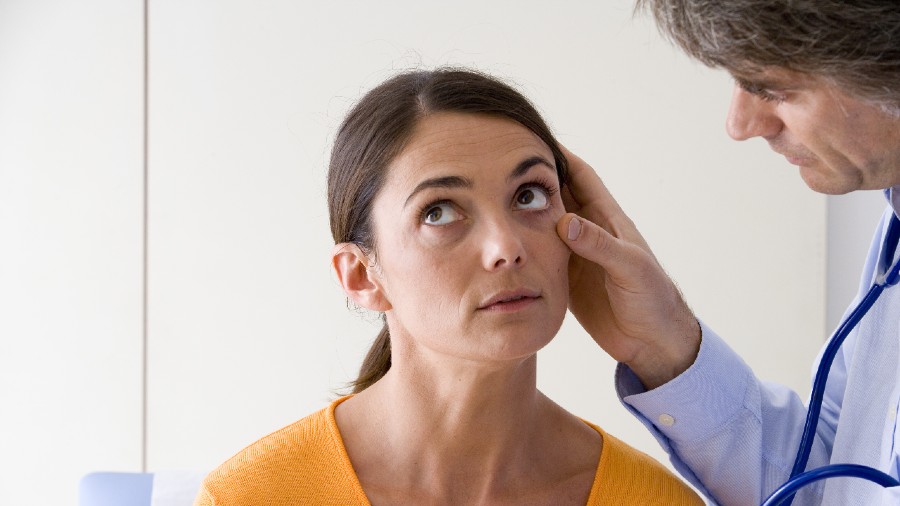If the number of red cells in the body falls below a certain level, a person is diagnosed with anaemia. The level is measured as the haematocrit and has to drop below 34.9 per cent for adult women and 38.8 per cent for adult men for them to be called anaemic. The haemoglobin is usually below 12.0/dL in an adult woman, 13.5 per dL in an adult man and 11gms /dL in children with anaemia. India has 25 per cent of the anaemic people in the world and 50 per cent of the maternal deaths in India are due to untreated anaemia.
Anaemia is commoner in women because during the reproductive years, they lose 60-180ml blood every month. Women who have heavy periods or fibroids or endometriosis lose even more. During pregnancy, the iron stores of the mother-to-be are depleted to form haemoglobin for the baby. Also, about 500ml of blood is lost during normal delivery and about a litre during a Caesarian section.
Recent studies have shown that 20 per cent of the men in India are also anaemic and the commonest type of anaemia in India is caused by iron deficiency. The Indian diet contributes to iron deficiency as a large number of people are vegetarian most of the time. Green leafy vegetables, dates, beans and peas do contain iron but vegetables also contain a chemical called phytate that reacts with iron in the intestines, blocking its absorption.
Intestinal worm infestations are common in India. They cause minute intestinal bleeding, which can result in anaemia. Other infections with blood parasites such as malaria can also cause destruction of red blood cells.
Intestinal pathology such as polyps, piles, stomach and duodenal ulcers can cause chronic blood loss, eventually resulting in anaemia. Some chronic diseases such as Crohn’s disease can also damage the intestinal epithelium.
Diseases such as cancer, certain infections, autoimmune diseases like rheumatoid arthritis or systemic lupus erythematosus, liver or kidney disease can manifest with anaemia even if adequate iron stores are present. In these cases, the body is not able to incorporate the iron into the red blood cells.
Initially, anaemia may be asymptomatic. There may be feelings of fatigue and inability to work and concentrate. Academic and work performance may suffer. There may be weakness, headache, giddiness or dizziness. The hands and feet may feel cold. The nails may become brittle. Pica, or a perverted appetite with cravings for substances such as chalk, uncooked rice or bricks may occur.
Unrecognised, uncorrected anaemia can lead to irregular heart beats. Eventually, the heart can enlarge. It can lead to heart failure. In pregnant women, the babies may not develop well and be of low birth weight. It can also lead to premature delivery.
In children, anaemia leads to delayed growth and development. They may not grow as tall as their peers. The fatigue may lead to poor academic performance. They may fall ill frequently, especially with upper respiratory tract infections.
The daily requirement of iron is 8.7mg for men over 18 and 14.8mg for women. In case of iron deficiency, the requirement is 2-5mg/kg of iron, which works out to 150-200 mg/day. Children require 10-20 mg of iron/day from six months to two years and 20-40 mg/day from two years to 12 years. Iron supplements are available as tablets, capsules and syrups. Iron is best absorbed on an empty stomach but many develop gastric irritation, so it can also be taken after food. Acidity improves absorption, so take it with Vitamin C tablets or lime juice.
The writer is a paediatrician with a family practice at Vellore and the author of Staying Healthy in Modern India. If you have any questions on health issues please write to yourhealthgm@yahoo.co.in











